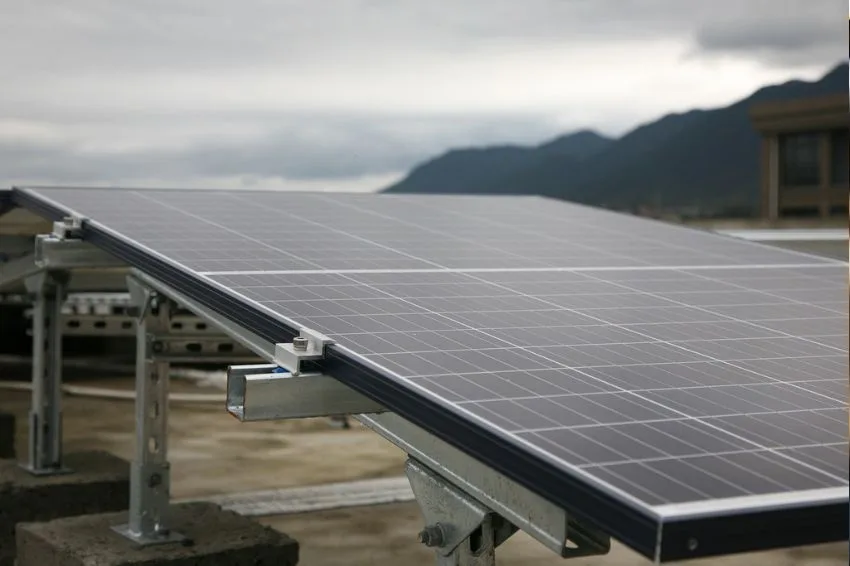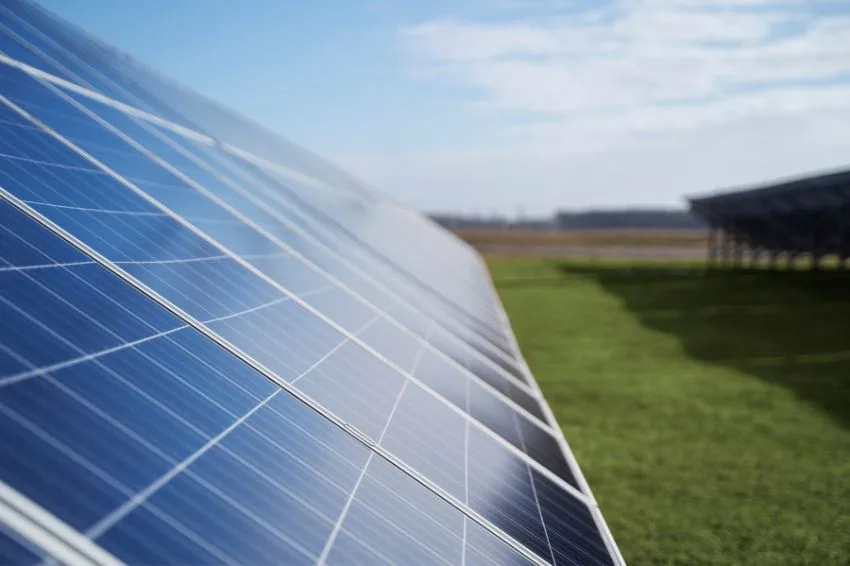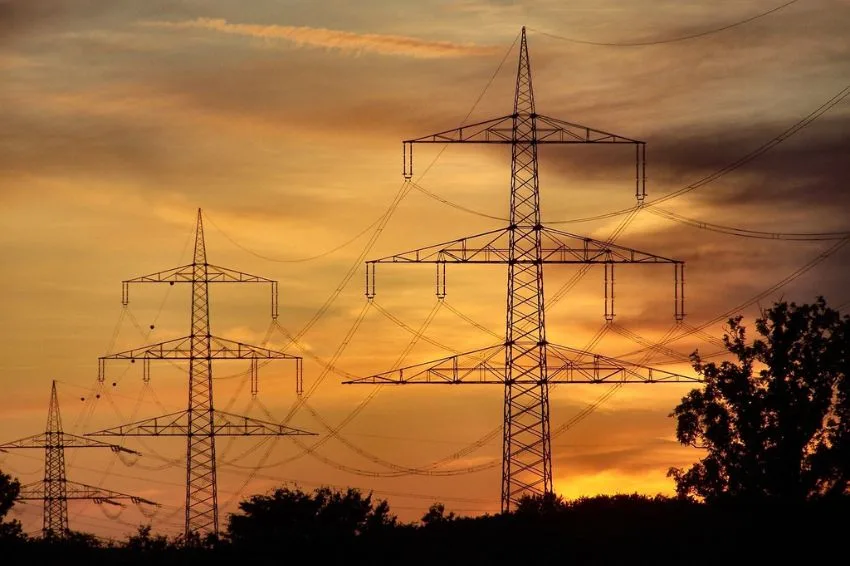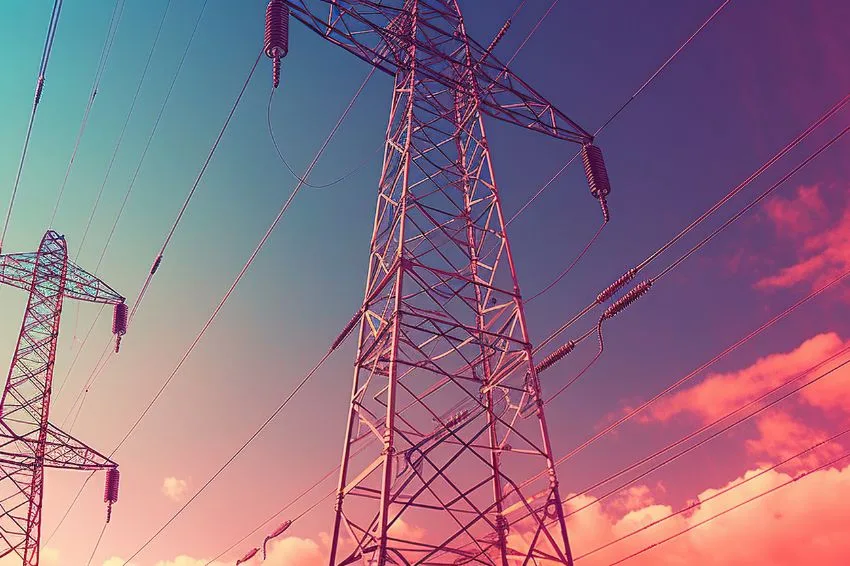This Thursday (20/6), at exactly 5:51 pm (Brasília time), the coldest season of the year begins. The expectation is that winter will be marked by dry days and temperatures above average in Brazil, which should favor wind generation and solar, especially in the North of Minas Gerais and the Northeast region of the country.
According to Nottus, a data intelligence and meteorological consultancy company for business, we are currently experiencing climate neutrality. There is a probability of the formation of the La Ninã phenomenon in a moderate form from the end of September. The models indicate a 75% probability of La Ninã materializing at the turn of the year, bringing more consistent rain to the country.
According to Alexandre Nascimento, managing partner and meteorologist at Nottus, in the next quarter there should not be significant rain in Greater Parnaíba, the Tocantins basin and São Francisco. The exception will be in the South region.
“Previously, we had a winter that was normally dry, and even we run the risk of delaying the start of the wet season, as has been observed in other La Niña events. Then the drought is even compensated during the summer, with a denser and longer-lasting rainfall regime. In other words, there is also a challenge of at least another three months with little rain in the central region of Brazil, where the main reservoirs are located”, says Nascimento.
Based on NOAA's mathematical and probabilistic calculations, the expectation is that rains only begin to appear at the end of September and irregularly, and should intensify a little in the fortnight of October and November, that is, in the spring period.
“Rain on the Northeast coast in the coming months does not reach the historical average. The winds remain intense, which should continue to favor the generation of wind energy. Furthermore, photovoltaic solar generation is also favored due to the low cloud cover. As the rainy season approaches, it will be possible to outline more accurately what La Niña will hold for the electricity sector”, explains the executive.
For the Brazilian electricity sector, rain is essential to guarantee the supply of cheap energy, since more than 50% of the country's generation capacity comes from hydroelectric plants.
All content on Canal Solar is protected by copyright law, and partial or total reproduction of this site in any medium is expressly prohibited. If you are interested in collaborating or reusing some of our material, we ask that you contact us via email: [email protected].
















